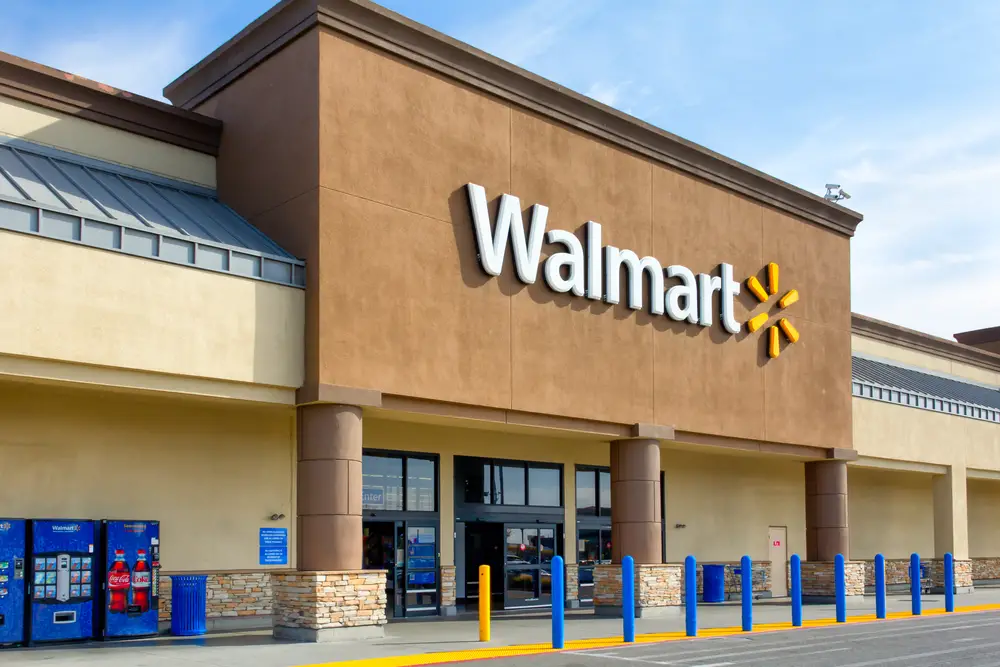When Hurricane Frances moved toward the Florida coast in 2004, Walmart employed one of its latest pieces of shopping tendency gadgetry, a data program it called “predictive technology.” Walmart wanted to find out what shoppers were going to buy before the big storm hit.
They first looked at what happened when Hurricane Charley struck the coast in August of 2004. The storm had landed just weeks before. Based on the shopper’s history from that time, Walmart began to try and predict what shoppers would do this time before Hurricane Frances struck.
They were able to pull from their data what the top-selling items ahead of a hurricane would be, and what they discovered was rather interesting. The top seller was beer (no surprise there), and strawberry Pop-Tarts, which sold seven times greater than normal. They used this information to ship extras of these items and other products to Walmarts in the storm’s path.
Getting the data to figure this out wasn’t difficult for Walmart. With about 100 million customers that graced the stores each week, the company sat on a treasure trove of information. Walmart was believed to have 460 terabytes of data on its databases in the corporate headquarters in Bentonville, Arkansas, in 2004, which at the time, was enough data to double the amount of data on the Internet. The company paid a tidy sum for the technology, specifically a private system that tracked product sales called Retail Link, upwards to the tune of $1.4 billion. Today, Walmart is believed to be able to process 40 petabytes of data taken from transactions at their stores.
So essentially, your buying habits are being tracked anytime you check out from a store, but Walmart keeps the information secret because they don’t want the competition to know their next moves. Think about that when you buy that next bag of cheese puffs.


